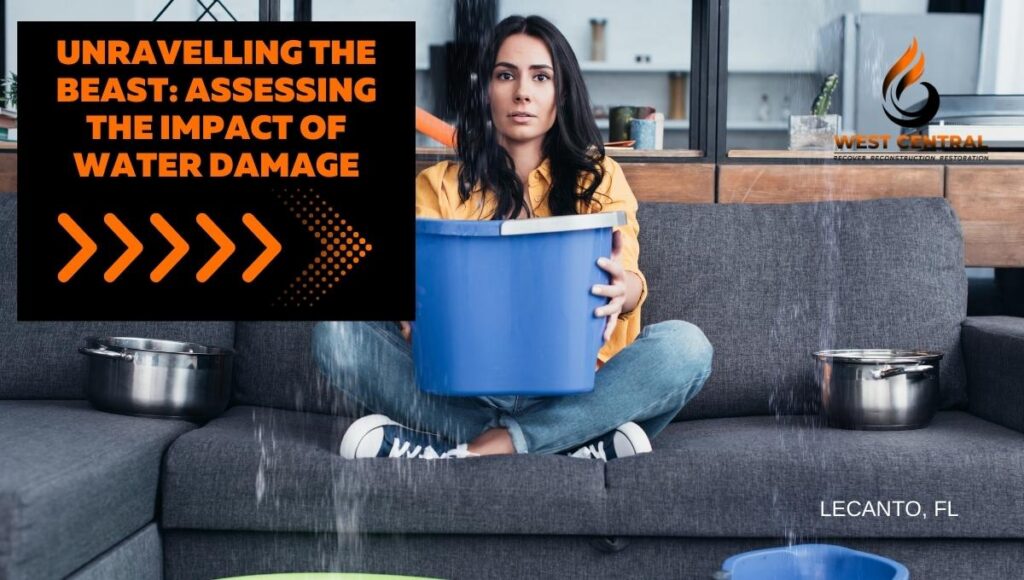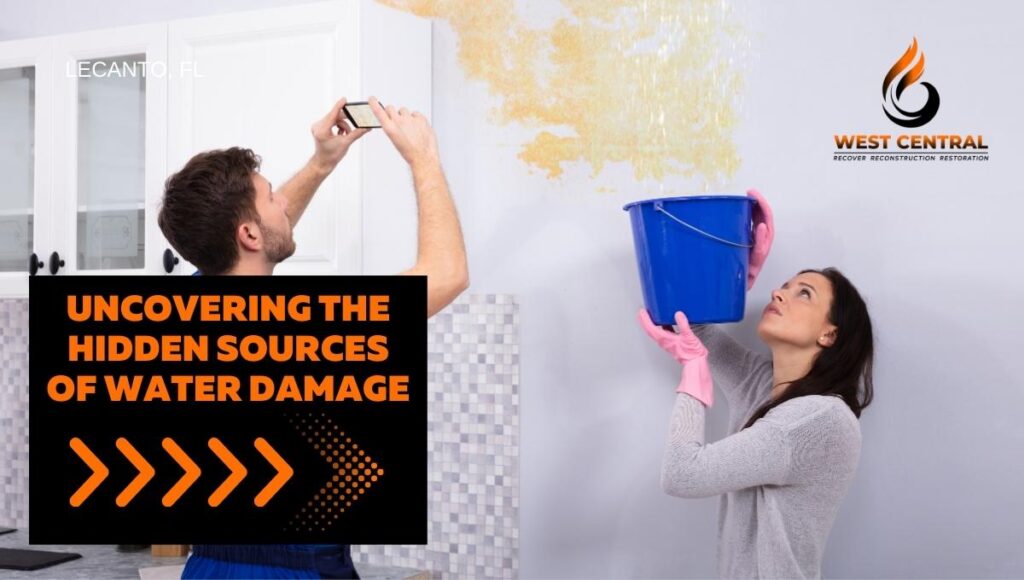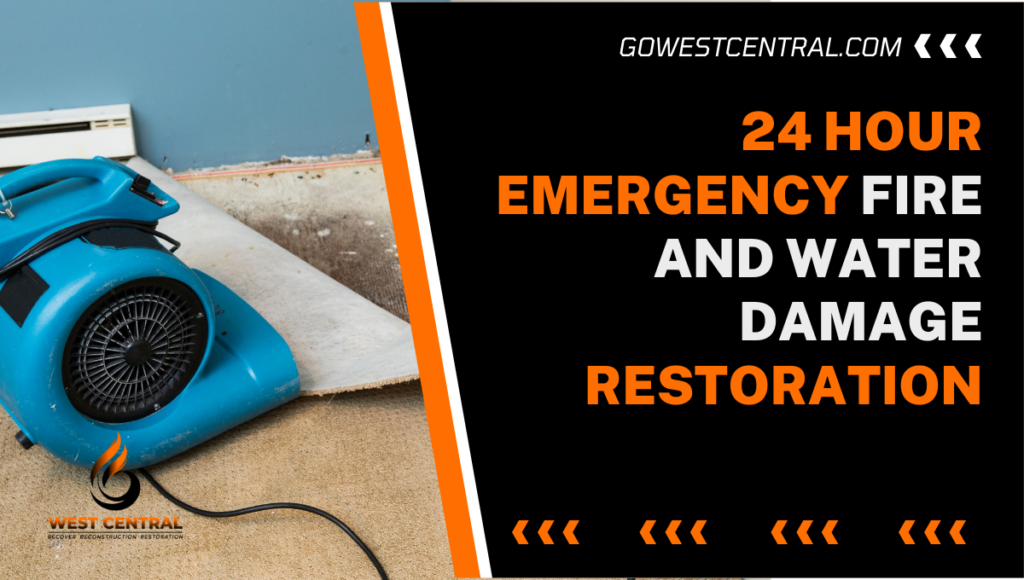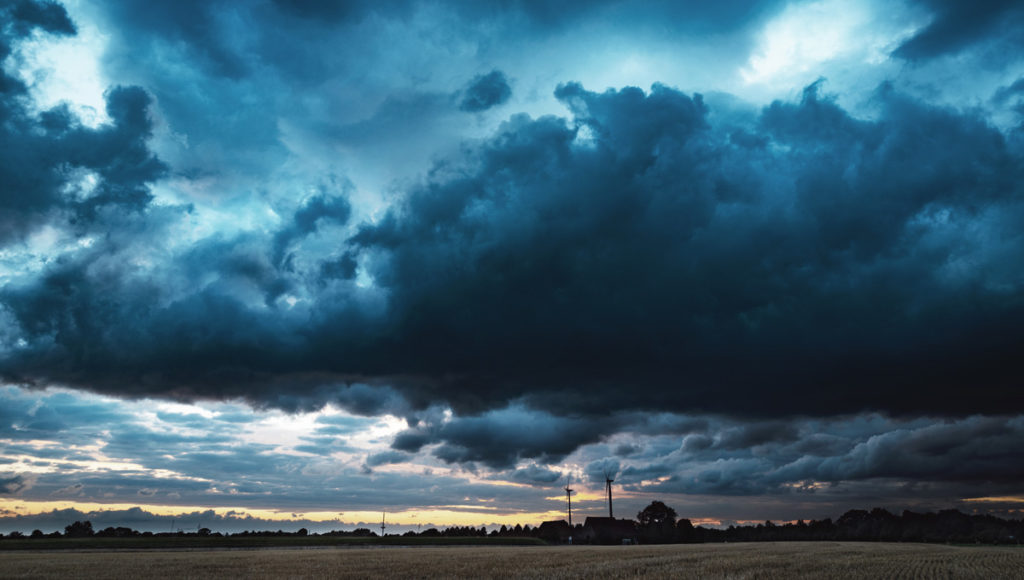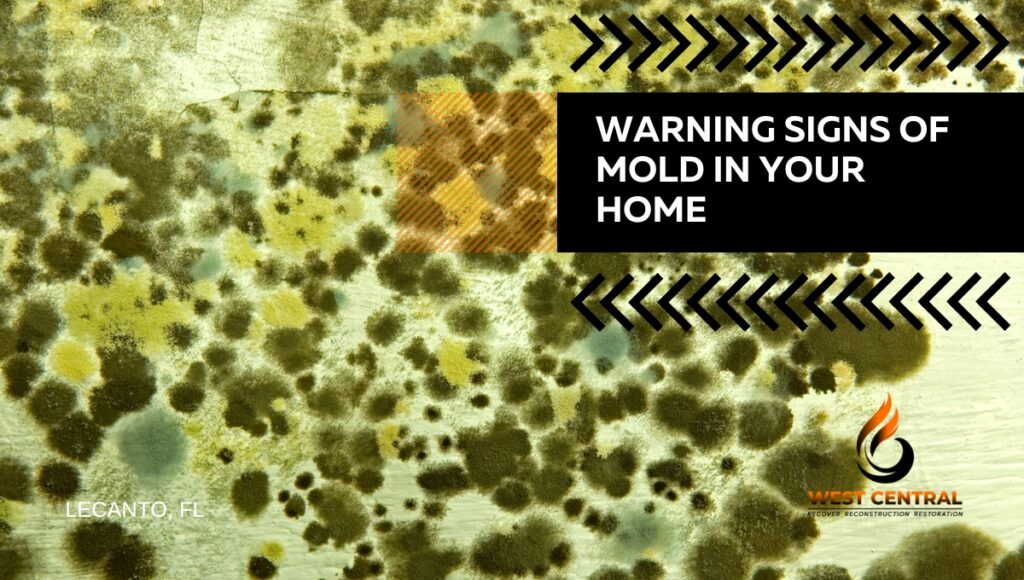 When water damage arises in your property, you need to have the water removed and the property restored as soon as possible. No matter the cause of the damage—a leaking appliance, broken pipe, a fire, or flooding—the longer the water sits in your property the more potentially serious and expensive the problem can be.
When water damage arises in your property, you need to have the water removed and the property restored as soon as possible. No matter the cause of the damage—a leaking appliance, broken pipe, a fire, or flooding—the longer the water sits in your property the more potentially serious and expensive the problem can be.
For instance, allowing the water to sit in the premises for a few hours can result in saturation of walls and ceiling, and in all manner of structural damage and safety hazards. And when the water sits in your home for more than 24 hours, it can allow mold to grow.
So after water damage, it’s best to act quickly. If possible, you need to identify the source of the water and cut off further inflow into your property. And when it is a massive damage, it’s essential to contact a professional water damage restoration service immediately.
What are the 7 steps to take immediately after water damage?
- Call your insurance company
If your property is covered by homeowner insurance, then the first step should be to call your insurance provider. During the call, you’ll learn whether your insurance policy covers the kind of damage that has occurred.
Your insurance provider will explain what is covered by the policy. Then an adjuster will be dispatched to your property to come assess the damage and evaluate your possible claim. Your insurance provider will also give you the go ahead to undertake cleanup.
- Document the damage
After speaking with your insurance provider, you need to make a comprehensive documentation of the damages.
Take photos of the nature and degree of the damage. Record videos of the level of water, the rooms affected, and the items destroyed. Create lists of items involved and the extent of the damages.
You will then discuss your documents with the adjuster. And after that, you’ll need to keep them for the subsequent claims process.
- Take the necessary safety measures
Depending on the degree of the damage, your home may be unsafe. For example, if the water damage is caused by flooding, it may destroy the structure of your home and render it unsafe. In such a case, leave your home while professionals assess the property for occupational safety.
If your property has faced a mild-to-moderate water damage, you may stick around. But you must still take safety precautions as you work to prevent further damage. For example, you must switch off the main source of power to your home—water and electricity do not mix. Avoid moving into flooded areas before you turn off electricity.
Generally it’s best to wear protective clothing, such as gloves and rubber boots before you move items from the flood or just re-enter your flooded premises. This will protect you from injury and potential infection, particularly if the water is contaminated.
- Remove the water
As soon as your insurer authorizes damage restoration, start removing the water. Generally, water should not be allowed to sit in the property for more than 8 hours. And when circumstances are difficult, effort should be made to extract it within 24 hours.
Wearing protective gear, remove the water using plastic tubs or buckets. Also, make sure to remove water from furniture, under carpets, floors, walls, mattresses, and other items that might have soaked up the water.
After removing excess water, turn your attention to water absorbed by items or hidden in hard-to-access areas. Using a mop, absorb the remaining pockets of water. Remove and air-dry mattresses, cushions, curtains, pillows, and other items that might have soaked in water.
Besides, if your property is flooded by an overwhelming amount of water, you need to have it extracted and cleaned up by a professional water damage restoration service. Call a reputable provider as soon as possible to help with that.
- Dry out affected areas
The next step after water extraction is drying all the affected areas and items. So with all the standing water removed, switch on a dehumidifier, air conditioner, or fan to help remove moisture and dry out your home.
Floor fans and air movers are effective in drying damp areas. But you can also use a wet-dry vacuum to finish the drying process or when there is not much standing water. As you dry affected areas, drag away items such as rugs and cushions from the scene to allow the areas to ventilate and dry properly within 24 hours.
- Check and clean mold growth
If by any circumstances the water stays in your property for more than 24 hours, it can potentially cause mold growth. Mold tends to grow when water sits in a property for a day or two after a flood in areas such as the basement, closet, and showers.
Should you find mold, you can use typical cleaning agents, such as soap and bleach, to address the mold issue. But you should understand that this is only a preliminary measure that may not eliminate the mold completely. So if there is a significant mold problem, then you should reach out to a professional mold restoration service, especially if the affected areas are more than 6 square feet.
When cleaning up mold from any affected areas, avoid spreading mold spores elsewhere in your home.
- Complete the necessary repairs
With the water removed, affected areas dried and mold checked it is now time to complete restoring your property by repairing damaged areas. For repairs, you should hire a professional to make sure that they are done right the first time.
Generally, after water damage, you may need to replace your drywalls, remediate mold damages, replace basement wall panels and flooring, and restore any new laminate flooring. A professional will conduct a detailed inspection of your property, recommend what to repair and how to conduct the repairs, and go ahead with the repairs.
After the repairs and restoration work, your home will be back to a livable condition. If you engaged a professional restoration service, they will give you the go ahead once your home is restored. But if the restoration is done after a natural disaster, you may need the approval of the local government before you can move back in.
Are you looking for a reputable, effective water damage restoration service in Lecanto, Florida? Get in touch with West Central Equipment and Restoration to help you deal with the damage.
At West Central Equipment and Restoration, we have a team of knowledgeable, experienced technicians who will help resolve the damages as quickly as possible. We provide 24/7 emergency water damage restoration service and arrive at your home or business premises fast !!
For more information on water damage restoration services, visit the site “West Central Equipment and Restoration.”

